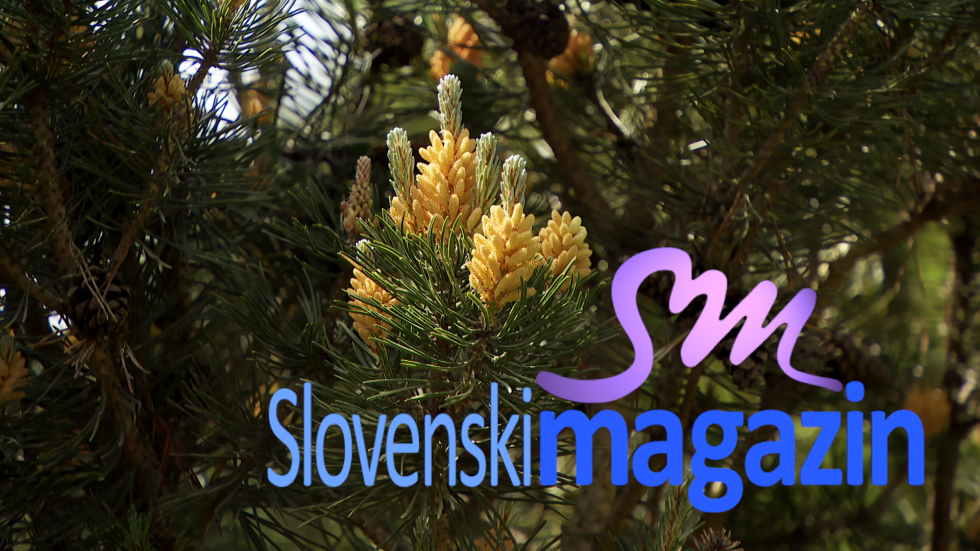
Mariborčanka Vlasta Zorko je bila prva uveljavljena slovenska kiparka. Pri svojih šestinosemdesetih je še vedno dejavna in v svojem ateljeju v Mariboru izdeluje svoje značilne skulpture žensk. V svojem življenju jih je izdelala že več kot 1000.
Katarina Rešek Kukla je vsestranska umetnica, diplomirala pa je iz filmske režije na akademiji v Ljubljani.
Najslikovitejši je gotovo stari del Radovljice, v katerem edinstvene primere srednjeveške arhitekture zaokroža obzidje z obrambnim jarkom. Osrednji Linhartov trg s slikovitostjo starih stavb obiskovalce popelje nekaj stoletij v preteklost.
Zgornji del reke Soče se vije po dolini Trente. Njena slikovita kulisa gorskih vrhov in neokrnjene narave je posejana z osamljenimi domačijami. Trentarski muzej danes pripoveduje o bogati kuturni krajini in preteklem življenju v tej dolini.
V Sloveniji uspeva več kot 3500 različnih rastlinskih vrst. To jo uvršča med najbolj raznolike in rastlinsko bogate dežele v Evropi. Bogastvo slovenskih rastlinskih vrst že 210 let raziskuje, predstavlja in ohranja ljubljanski botanični vrt, ki deluje v okviru ljubljanske Univerze.
***
Vlasta Zorko from Maribor was the first established Slovenian female sculptor. She signed her name to the largest number of publically realized projects. Although 86, she remains active sculpting at her studio in Maribor her characteristic figurines of women. Over the course of her career, she made more than 1,000.
Katarina Rešek Kukla is a versatile artist: a DJ, a musician and a writer of lyrics. As a young girl, she sang in choirs, and played drums and cello. She is particularly fond of the latter, because she feels that the sound of the cello is similar to that of the human voice. She holds a BA in film directing from the Ljubljana Academy of Theatre, Radio, Film, and Television.
The most scenic part of Radovljica is certainly its old city centre, where a defensive wall and ditch enclose unique examples of medieval architecture. The picturesque old buildings in its central Linhart Square take visitors a few centuries into the past.
The upper Soča Valley and the spring of the Soča river are located in the Trenta Valley. Its vibrant backdrop of mountain peaks and intact nature is peppered with lone homesteads. The Trenta Museum today tells the story of a rich cultural landscape and of life in the valley as it once was.
More than 3,500 plant species flourish in Slovenia. This makes its plant life one of the most diverse and rich in Europe. The Ljubljana Botanic Gardens, which operate under the auspices of the University of Ljubljana, have been researching, presenting, and preserving the treasure trove of Slovenian plant species for 210 years. 